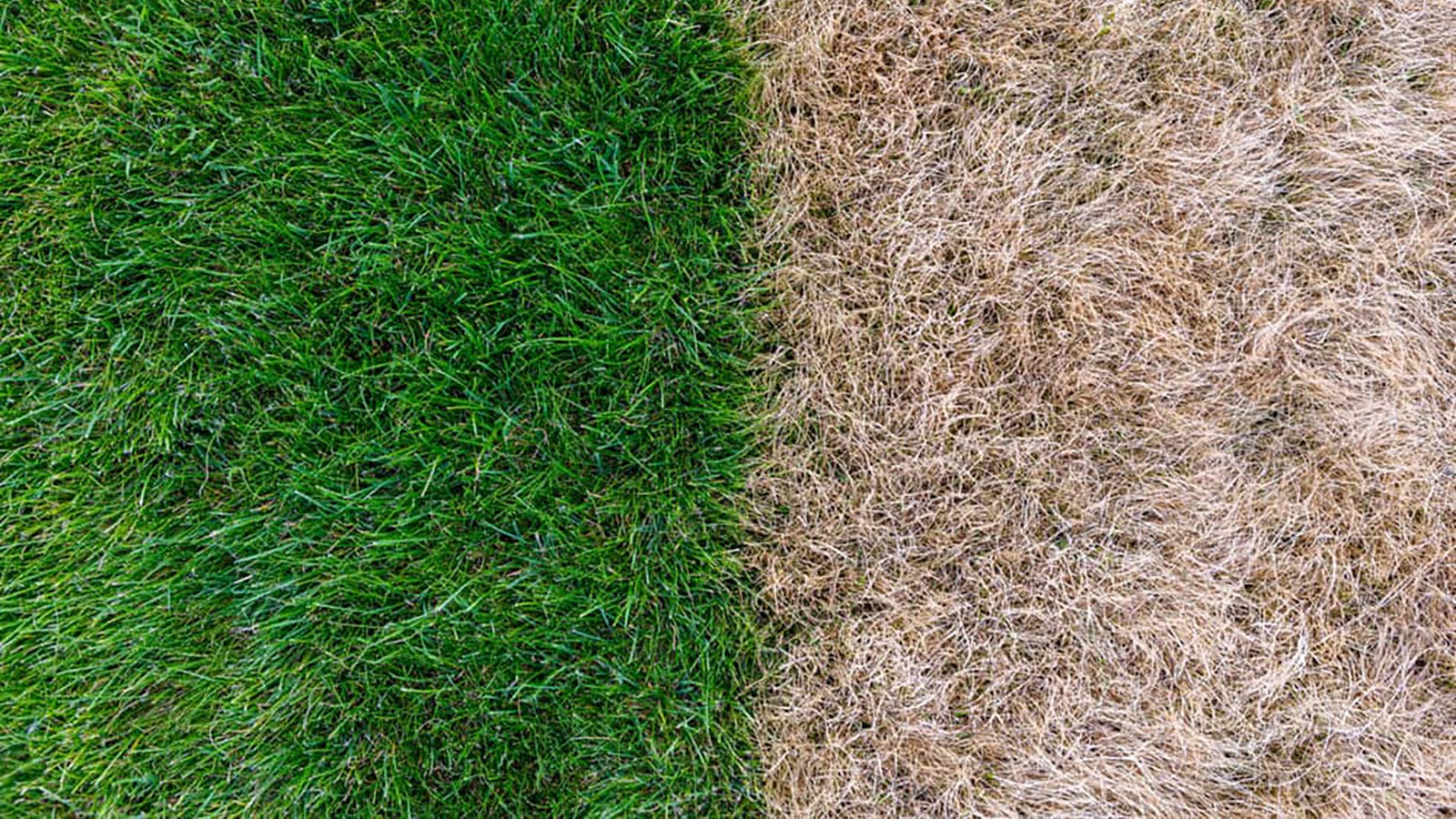
Summer Lawn Spoilers
Many Long Island lawns are struggling, and we can blame much of it on the weather. Extended periods of stressful hot, humid weather (during the day and overnight) provide ideal conditions for summer lawn problems to appear. So, if browned-out areas are appearing before your eyes, read on.
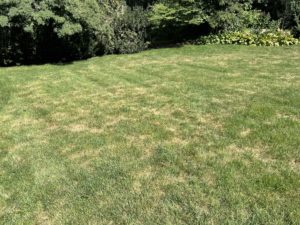
Diagnosing summer lawn problems can be a bit confusing. Is it a disease? Or an insect infestation? Or heat or water stress? Sometimes, there are a few problems working in concert with each other. Time to consider the following.
Watering: If you are watering properly, that is a big plus. Too much or too little water can be stressful and harmful to lawns. Sprinkling with a hose or running the sprinkler a few minutes, each day encourages shallow roots that are easily damaged. The intent is to create a deep root system so roots can utilize subsurface water (plus soil temperatures are cooler the deeper you go). Deep watering is always better than daily dousing.
Summer insects: It could be chinch bugs. They feed on grass blades in sunny lawn areas that can be prone to drought-stress. Feeding areas turn brown. Not a common problem on Long Island but worth considering. A big lawn problem in late summer through fall: grubs. These C-shaped larvae (aka grubs) actively feed on turf grass roots for several months until soil temperatures turn cold, and they go into hibernation deeper in the soil. Know the pest, and then use an insecticide labeled for control.
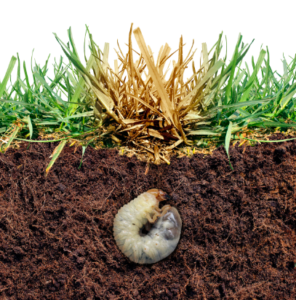
Summer diseases: Diseases are tough on summer lawns. Dollar Spot (easily identified by the discoloration/banding on the leaf blade), Brown Patch, or Summer Patch are typical summer diseases. Two options once it’s found: treat with a fungicide (at the curative rate) to reduce its spread. Or elect to not treat and follow the advice below.
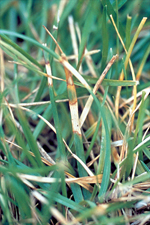
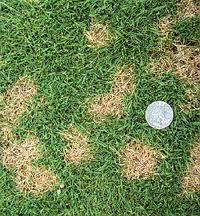
What will you do with all those brown patches? Get ready for some lawn repair work – raking out and reseeding – later this month.



